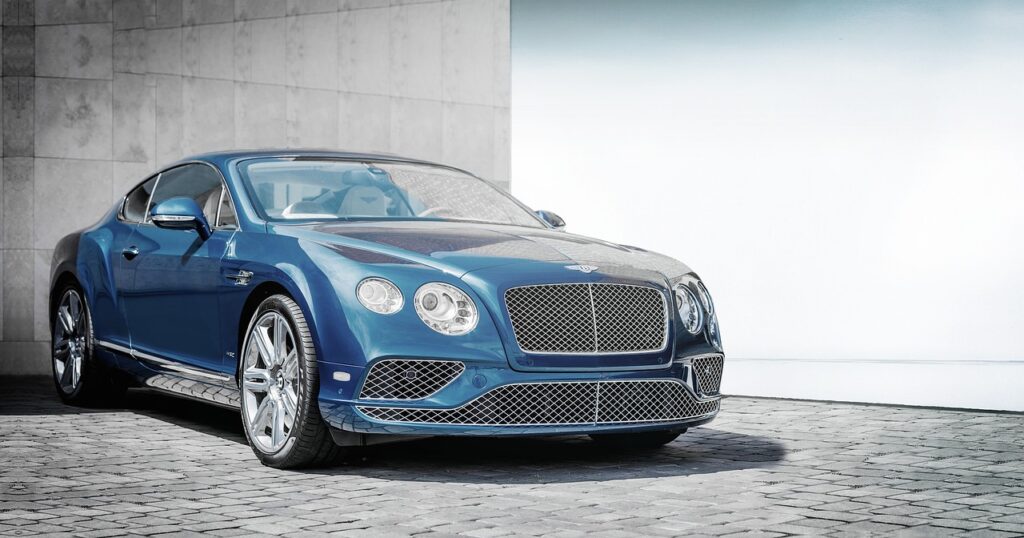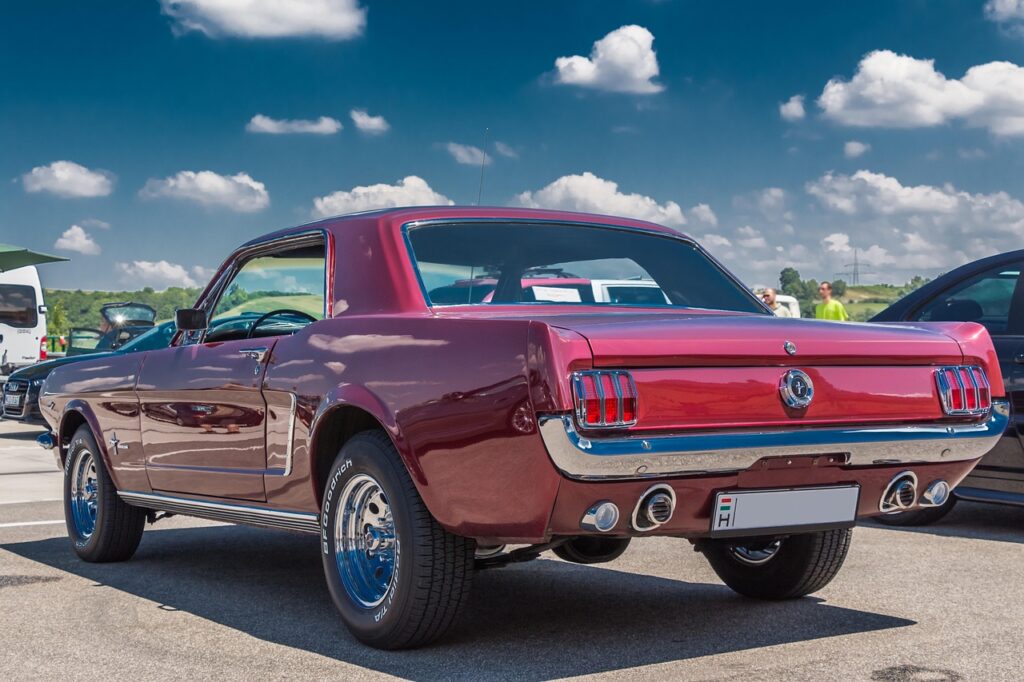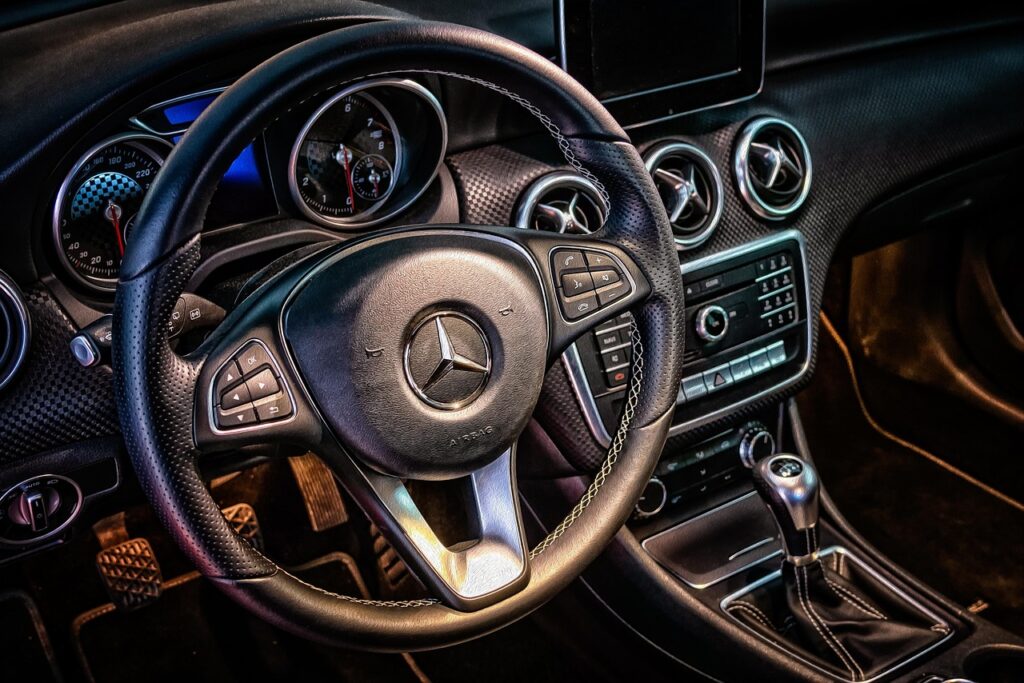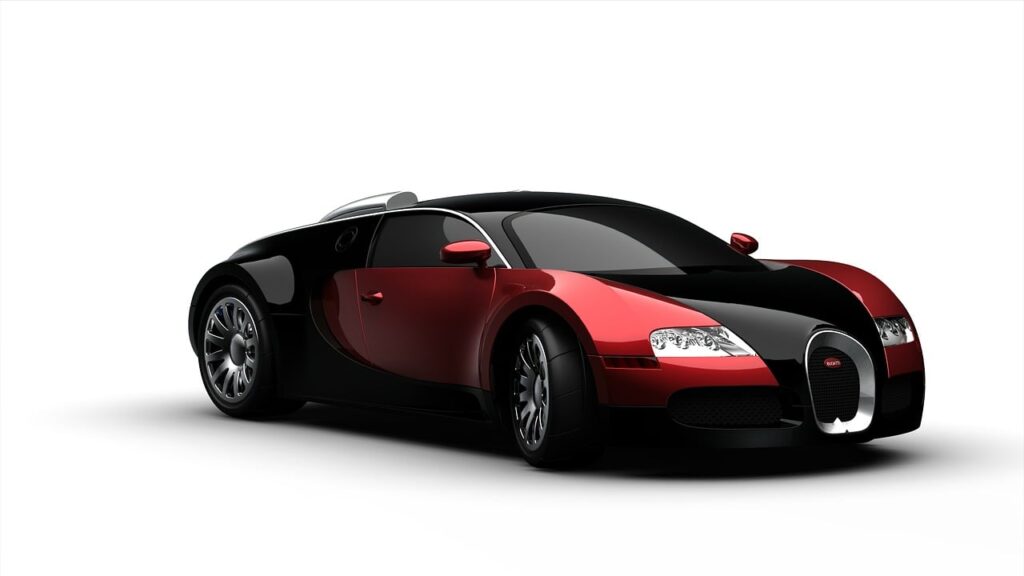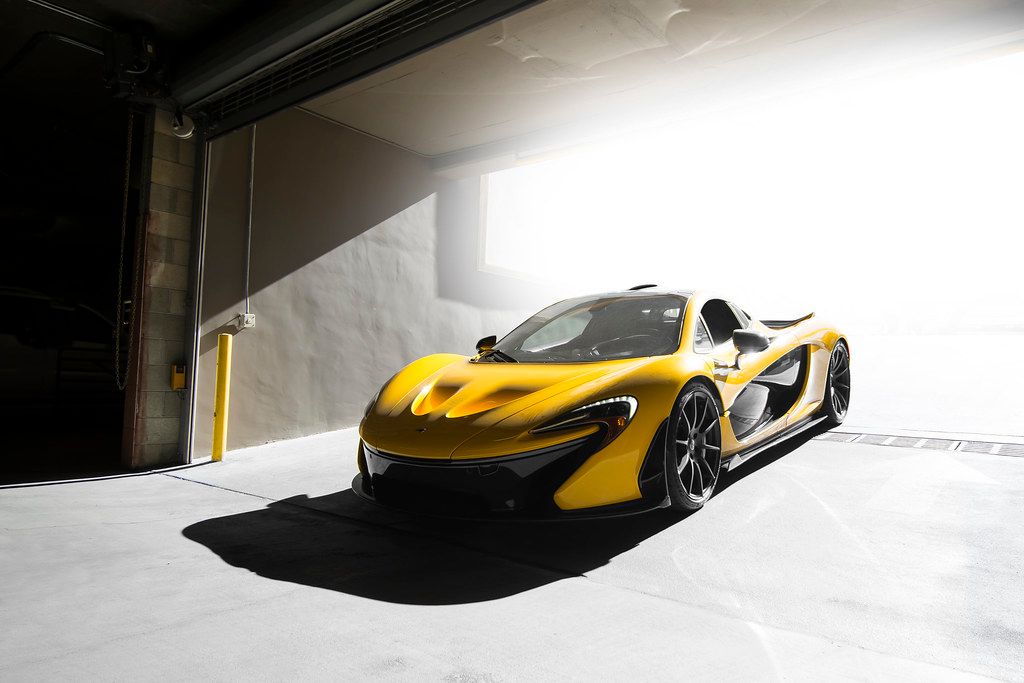The age-old debate in the automotive world isn’t just about horsepower or torque; it’s about heart and soul. For years, car enthusiasts have passionately argued whether the chrome-laden beauties of yesteryear hold a candle to the sleek, tech-packed marvels dominating today’s highways. It’s a discussion that often sparks strong opinions, pitting nostalgia against innovation, and raw connection against effortless convenience.
While modern vehicles promise unparalleled safety, efficiency, and comfort with their advanced systems and digital dashboards, there’s a powerful and growing chorus of drivers who believe that nothing quite compares to the visceral experience of a classic. They look back to a time when cars were more art than machine, built with an individuality and a driving philosophy that many feel has been lost in our increasingly automated world. It’s not just about what’s new, but what resonates deepest with the spirit of driving.
So, is it possible that these iconic, older models are, in certain crucial ways, truly better than their contemporary counterparts? We’re diving deep into the distinctive charms and tangible advantages that keep classic cars not just relevant, but often superior in the eyes of many. Prepare to rediscover why the rumble of a vintage engine and the feel of an unfiltered road still stir the soul in a way no touchscreen ever could. Let’s unpack the magic.
1. **Distinct Styling and Timeless Aesthetics**Let’s be real: classic cars just *look* better. No matter how many newer and edgier designs car manufacturers introduce, they will never outdo vintage vehicles in pure aesthetic appeal. Most brands built their reputations on the backs of classic cars, creating timeless shapes that continue to captivate. Take, for example, the Ford Mustang; for many, no modern Ford will ever surpass the iconic original, just as Porsche will never outdo the legendary 911.
This superior style stems from a different era of automotive design, where the focus was often less on pure function and more on visual impact. Classic cars are typically smaller and lighter, boasting less complicated engineering. This allowed designers to concentrate on the car’s appearance, resulting in models that are often described as classy and elegant. They were built to be noticed, to make a statement, and certainly not to blend in with the crowd.
Today’s vehicles, in stark contrast, tend to adhere to a similar aerodynamic formula, characterized by smooth lines, minimal detailing, and rounded corners. While this approach undoubtedly favors efficiency and optimizes performance metrics, it frequently comes at the cost of identity. Classic car design was unapologetically bold, featuring sharp body lines and wide-set stances that immediately set them apart from the monotonous uniformity seen in many modern fleets.
There’s a reason your eyes linger when a vintage Bronco rolls by or a cherry-red Mustang rumbles down the road. The stance, the lines, the sound—it all commands attention. Classic cars speak to something emotional, something instinctive, crafted with soul, not software. This design language was deeply cultural, reflecting everything from the optimism of the space race to the rebellious spirit of post-war youth, ensuring a timeless appeal that continues to inspire today’s creators.
Car Model Information: 2017 Ford Mustang GT Premium
Name: Ford Mustang
Caption: 2018 Ford Mustang GT 5.0
Aka: Ford T5 (Germany)
Manufacturer: Ford Motor Company
Production: March 1964 – present
ModelYears: 1965–present
Class: Unbulleted list
BodyStyle: Unbulleted list
Layout: Front-engine, rear-wheel-drive layout
Categories: 1970s cars, 1980s cars, 1990s cars, 2+2 coupés, 2000s cars
Summary: The Ford Mustang is a series of American automobiles manufactured by Ford. In continuous production since 1964, the Mustang is currently the longest-produced Ford car nameplate. Currently in its seventh generation, it is the fifth-best selling Ford car nameplate. The namesake of the “pony car” automobile segment, the Mustang was developed as a highly styled line of sporty coupes and convertibles derived from existing model lines, initially distinguished by “long hood, short deck” proportions.
Originally predicted to sell 100,000 vehicles yearly, the 1965 Mustang became the most successful vehicle launch since the 1927 Model A. Introduced on April 17, 1964 (16 days after the Plymouth Barracuda), over 400,000 units were sold in its first year; the one-millionth Mustang was sold within two years of its launch. In August 2018, Ford produced the 10-millionth Mustang; matching the first 1965 Mustang, the vehicle was a 2019 Wimbledon White convertible with a V8 engine.
The success of the Mustang launch led to multiple competitors from other American manufacturers, including the Chevrolet Camaro and Pontiac Firebird (1967), AMC Javelin (1968), and Dodge Challenger (1970). It also competed with the Plymouth Barracuda, which was launched around the same time. The Mustang also had an effect on designs of coupes worldwide, leading to the marketing of the Toyota Celica and Ford Capri in the United States (the latter, by Lincoln-Mercury). The Mercury Cougar was launched in 1967 as a unique-bodied higher-trim alternative to the Mustang; during the 1970s, it included more features and was marketed as a personal luxury car.
From 1965 until 2004, the Mustang shared chassis commonality with other Ford model lines, staying rear-wheel-drive throughout its production. From 1965 to 1973, the Mustang was derived from the 1960 Ford Falcon compact. From 1974 until 1978, the Mustang (denoted Mustang II) was a longer-wheelbase version of the Ford Pinto. From 1979 until 2004, the Mustang shared its Fox platform chassis with 14 other Ford vehicles (becoming the final one to use the Fox architecture). Since 2005, Ford has produced two generations of the Mustang, each using a distinct platform unique to the model line.
Through its production, multiple nameplates have been associated with the Ford Mustang series, including GT, Mach 1, Boss 302/429, Cobra (separate from Shelby Cobra), and Bullitt, along with “5.0” fender badging (denoting 4.9 L OHV or 5.0 L DOHC V8 engines).
Get more information about: Ford Mustang
Buying a high-performing used car >>>
Brand: Ford Model: Mustang
Price: $30,000 Mileage: 50,437 mi.
Read more about: Lady Gaga’s Epic Garage Unveiled: A High-Octane Tour Through Her Wildly Diverse and Captivating Car Collection
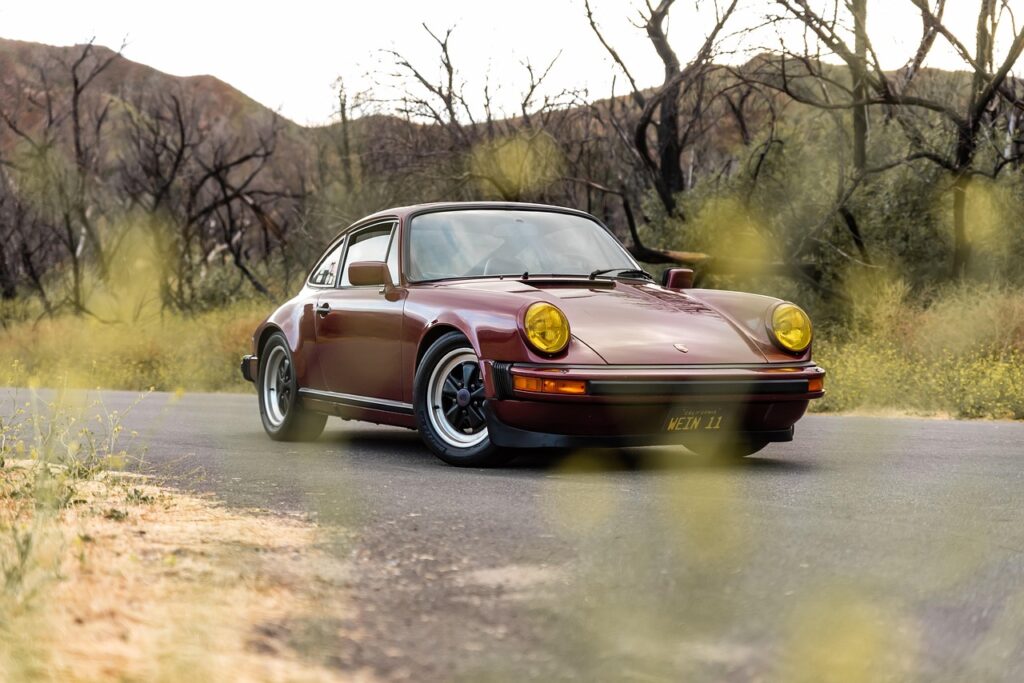
2. **Raw, Analog Driving Experience**For many, the ultimate dream of owning a classic car begins and ends with how it feels behind the wheel. Vintage cars are sold based on the driving experience, prioritizing how the driver feels when they’re in the car and how others perceive them. This is precisely why classic cars are often considered “real cars,” offering an unfiltered connection where it’s just you, the car, and the beautiful road ahead.
Driving a vintage car can be an exhilarating endeavor. It lacks the multitude of electronics that typically assist modern drivers, meaning you are in complete and unadulterated control of the vehicle. This analog driving experience is a sensory journey, engaging the driver more viscerally without the filters or automation common today. The focus shifts back to the basics: the feel of the road, the authentic sound of the engine, and direct feedback through the steering wheel.
This raw, analog steering and responsive handling are hallmarks of vintage cars. The absence of power steering and complex electronic aids requires the driver to be more physically involved in maneuvering the vehicle, fostering a truly immersive connection. While modern cars are designed to make your life easier and your driving effortless, often replacing driving functions with simple buttons, classics demand active participation, transforming every journey into an engaging skill rather than a passive commute.
This intense engagement comes with a distinct thrill, a direct connection to the road that proponents of modern vehicles might describe as a “cost.” Indeed, manual steering, sometimes weak brakes, and outdated suspension can make true classics uncomfortable and unpredictable on modern roads. But for enthusiasts, what’s often sold as “connected driving” in a classic car is far more satisfying precisely because of this demand for skill and attention, offering a pure, unfiltered connection between man and machine.
Read more about: TikTok’s Sonic Boom: How Classic Tracks From the 70s, 80s, and Beyond Are Dominating Feeds and Reshaping the Entire Music Industry.
3. **Mechanical Simplicity and DIY Appeal**One of the most compelling arguments for classic cars, particularly for those who love to get their hands dirty, is their inherent mechanical simplicity. Unlike their modern counterparts, which are often described as “smart computers” on wheels, vintage cars were built with straightforward mechanical systems. This foundational simplicity means that when a small component breaks down, you often have a much clearer path to understanding and addressing the issue.
This design philosophy means there’s no complex wiring or myriad computer systems to navigate, and crucially, there’s often enough room under the hood to actually work. For the average driver, or the budding hobbyist mechanic, this is a significant advantage. If a spark plug or a water pump goes bad, drivers can often attempt to fix the problem on their own, a hands-on nature that fosters a deeper connection between the owner and the machine.
Modern vehicles, by contrast, are a labyrinth of sophisticated electronics. When a minor part of a newer car stops working, it can often cause the entire integrated system to falter, necessitating an expert with specialized diagnostic tools. The expertise required for modern repairs is becoming increasingly niche, making DIY fixes almost impossible and leading to potentially higher labor costs.
However, the myth of “less to go wrong” in old cars, while sometimes leading to more frequent breakdowns due to aged components, still rings true in terms of *diagnostics* and *accessibility*. Mechanical systems in classics, while they wear, are far more transparent. Repairing them often involves fundamental mechanical knowledge rather than proprietary software or highly specialized tools. This makes the classic car a canvas for individual learning and maintenance, a stark difference from the “black box” nature of many modern engines.
Read more about: Car Expert’s Guide: 15 Smart Upgrades That Boost Value and Save You Money
4. **Individual Character and Uniqueness**If you appreciate a vehicle with a genuine personality, classic cars deliver in spades. One of the primary reasons why classics hold such a profound appeal is their commitment to individuality. In an era where modern vehicles often blend into a homogeneous automotive landscape, classic cars stand out, each telling its own story through distinct lines, unique details, and an unmistakable presence.
Manufacturers in the past focused heavily on creating individual identities for their models. Instead of producing the same car repeatedly with only minor feature updates, brands used to craft each car differently. This approach ensured that you could easily tell each model apart, and owners were practically guaranteed to drive a one-of-a-kind machine. This is why the world is filled with so many famous classic car collectors, drawn to the singular character of each vehicle.
Contrast this with the current automotive market, where a prevalent complaint is that most modern vehicles look strikingly similar. The pursuit of aerodynamic efficiency, global design trends, and platform sharing often results in a visual uniformity across different brands and models. If you’ve seen one, you’ve almost seen them all, making it harder for a modern car to truly capture and hold attention in the way a vintage automobile effortlessly does.
This commitment to distinct styling in classic cars means they possess an inherent “character” that goes beyond mere functionality. They reflect a design philosophy where aesthetic differentiation was paramount, creating vehicles that were not just modes of transport but expressions of design artistry. This unique character ensures that even decades later, a well-preserved classic commands respect and admiration, making it a focal point wherever it goes.
Read more about: The Masters’ Enigmatic Green Jacket: Why Champions Like Jon Rahm Never Truly Own Golf’s Most Coveted Symbol
5. **The Emotional Connection and Nostalgia**More than just metal and machinery, classic cars evoke a deep emotional response that few modern vehicles can match. They aren’t simply objects of utility; they are vessels of memory, nostalgia, and passion. There’s a powerful reason why people are still drawn to classic cars: before any practical considerations, there’s the visual spark, the unmistakable character, and the pure joy they ignite within the soul.
Sometimes, a car transcends its mechanical purpose and becomes something truly special. The Mustang, for instance, wasn’t the first to ignite America’s passion for performance, but it was undoubtedly the one that lit the fire. When Ford unveiled the first Mustang at the New York World’s Fair on April 17, 1964, they expected modest sales. Instead, 22,000 Mustangs were sold on the very first day, a testament to its immediate status as a cultural event.
This isn’t just about historical sales figures; it’s about what that car represented. It looked different, it felt powerful, and it gave Americans a way to express freedom in motion. This ability to embody a spirit, an era, or a personal memory is a unique strength of classic cars. They tap into an instinctive desire for connection, offering a feeling that driving can still be emotional, a tangible link to a cherished past.
While modern cars often excel in simplifying life and providing effortless convenience, they sometimes miss this deeper emotional resonance. They are typically viewed as efficient tools to get from point A to point B, valued for their luxury, safety, and technological prowess. But for those who crave a connection, a feeling, a reminder that driving is more than just transport, the emotional weight and nostalgic charm of a classic car truly make it stand apart.
Read more about: Beyond the Showroom: 14 Iconic Classic Cars You Can Restore for Less Than Buying Them
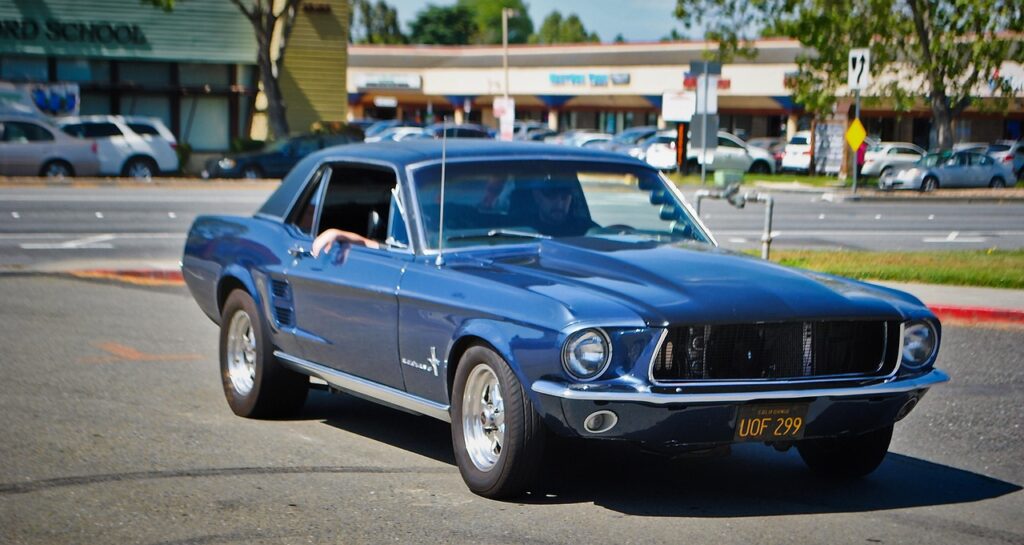
6. **Potential for Cost-Effectiveness (Initial Purchase)**It might seem counterintuitive to suggest classic cars can be more cost-effective than modern vehicles, especially given tales of expensive restorations. However, a significant advantage for many enthusiasts lies in the *initial purchase price*. There’s a common misconception that older cars are automatically pricier, but the reality is more nuanced, offering intriguing opportunities for smart buyers.
While brand new or even used modern vehicles tend to be priced high, particularly those loaded with cutting-edge technology like Bluetooth connectivity, start/stop buttons, and advanced climate control, vintage cars can often be very cost-effective on the front end. It’s entirely possible to stumble upon a truly good deal, allowing you to acquire a classic for a much lower initial investment than a comparable modern car.
Consider the example mentioned in the automotive sphere: you might be able to find a Mustang V-8 coupe for approximately $13,000. This kind of entry price is significantly lower than many new cars on the market today. With a minimal investment in missing parts, if you’re willing to do some work yourself, you can restore it and potentially even resell it for a higher price, turning a passion project into a profitable venture.
Of course, it’s crucial to acknowledge that this initial affordability often comes with the caveat of potential restoration costs. Bringing a vintage vehicle into prime condition takes effort and money. But for those who embrace the DIY spirit or are looking for an accessible entry point into classic car ownership, the prospect of acquiring a stylish piece of automotive history for a good deal makes them an incredibly appealing choice over the ever-increasing expense of new models.
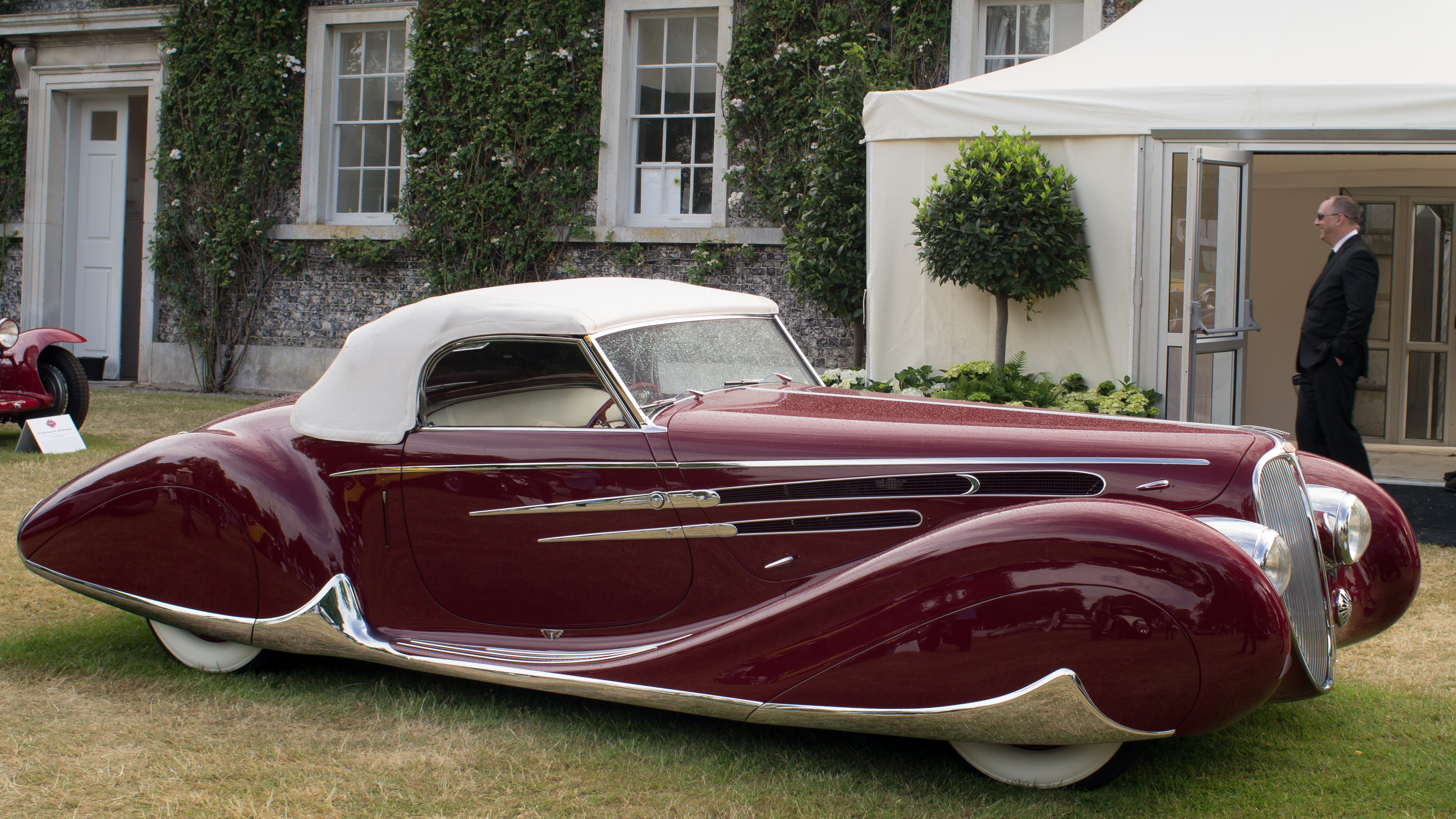
7. **Vintage Cars Are Known for Fuel Economy**It might sound surprising in an age where modern engineering prides itself on efficiency, but let’s talk about something truly unexpected: the fuel economy of some classic cars. While cutting-edge technology gives modern vehicles quiet cabins and even self-steering features, these driver-aids often come at a cost to your fuel tank. In fact, a modern car’s computer often dictates how you should drive, sometimes leading to more fuel consumption rather than less, challenging the common narrative that newer always means more efficient.
But here’s where antique cars shine, becoming more economical in a delightful twist. Models such as the Morris Minor, Ford Popular, MG Midget, and Ford Anglia were built in a time when simplicity reigned, and this often translated into surprising fuel efficiency. The main reason you can actually control fuel economy in these antique vehicles is the fact that you will rely on a manual transmission, a feature largely disappearing from mainstream modern cars.
When you’re in an antique vehicle, you’re in complete control, especially with a manual transmission. This direct engagement allows you to truly manage how your car consumes fuel, making saving fuel possible. It’s a hands-on approach that modern, automated systems often bypass, giving you the power to save those precious gallons, unlike the computer-guided driving of today’s machines. This makes them a smart choice for those who appreciate both vintage style and a bit of practical thriftiness in their daily drives.
Read more about: Beyond the Legends: 10 Obscure 1960s Sports Cars Only True Collectors Recognize
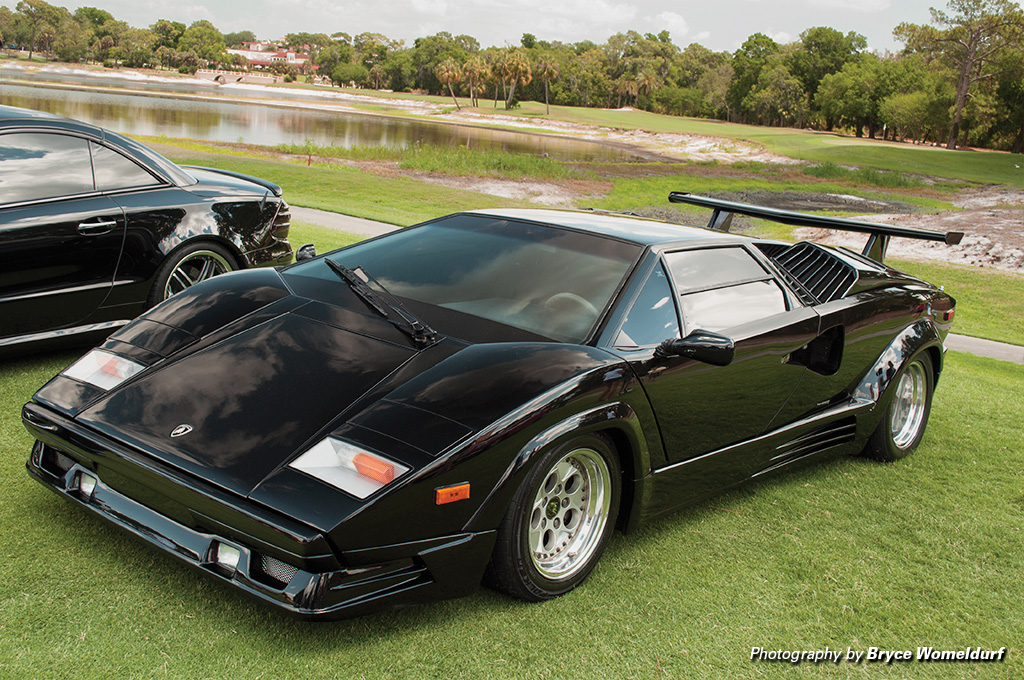
8. **Classic Cars as Investments and Lasting Value**Moving beyond the initial purchase price we discussed earlier, the conversation around classic cars often shifts to their enduring value. For many enthusiasts, these vehicles aren’t just a passion; they’re seen as shrewd investments, with the potential to appreciate significantly over time. It’s a notion that transforms car ownership from a depreciating asset into a coveted collectible, appealing to those who view their garage as a financial portfolio just as much as a space for beloved machines.
Think about it: after 30 or 40 years, you still see meticulously maintained classic cars cruising the roads, and their value often does nothing but climb. While a brand new Tesla or other cutting-edge modern vehicle might be shiny and advanced, its value begins to drop the moment it leaves the lot. Classic cars, especially iconic models from renowned manufacturers, often defy this rule, becoming rarer and more desirable with each passing year, solidifying their place as more than just transportation.
Of course, we’re not just talking about any old jalopy here. A perfectly restored and well-maintained model is truly a gem, a testament to enduring craftsmanship and timeless appeal. While you might need to “fork out a lot of money” for an Aston Martin or Ferrari, even more affordable classics like a Ford Thunderbird or a British Motor Corporation Mini can see their value increase, making them appealing to collectors seeking both nostalgia and a tangible asset. The allure of classic cars as investments makes the collector’s dilemma one of passion intersecting with potential profit.
This inherent ability to hold and often grow in value positions classic cars in stark contrast to their modern counterparts, which are typically designed for consumption and eventual replacement. The ongoing presence of classic cars on the road for decades demonstrates their durability and the unique economic niche they occupy, offering a compelling argument for their lasting relevance in the automotive world.
Read more about: Beyond the Buzz: Inside the Energy Drink Industry’s Transformative Leap Towards Sustainable Packaging and a Greener Future

9. **Modern Safety Innovations: A Crucial Distinction**Now, let’s talk about a major area where modern vehicles truly pull ahead: safety. It’s not just a minor upgrade; it’s a monumental leap forward in occupant protection and accident prevention. Today’s cars are engineered with an almost obsessive focus on protecting occupants, going through rigorous testing and adhering to standards that were simply unimaginable in the heyday of vintage automobiles. We’re talking about safety standards that are leaps and bounds higher than those from the previous century.
Modern cars come packed with a comprehensive array of life-saving technologies. Beyond the now-standard powerful seat belts and airbags, we have adaptive cruise control, automatic emergency braking, lane-keeping assist, and even blind-spot monitoring. These aren’t just fancy gadgets; they are features designed to prevent accidents or significantly mitigate their impact, offering a level of peace of mind and predictability that classics simply cannot provide.
It’s a stark reality: classic cars often lack many of these essential safety measures, reflecting the standards of their manufacturing era. You might stumble upon models that lack seat belts and crumple zones, raising genuine concerns over road safety and accident survival. This isn’t to say classics aren’t incredible, but for daily driving or family trips, especially on today’s busy roads, the advanced safety features of modern vehicles make them the unequivocally safer choice. “Since modern cars are safer, owning a classic car is a luxury, not a need.”
Taking a long trip or driving in a city is undoubtedly more effortless and secure with a vehicle that has all this cutting-edge equipment. Modern cars are designed to give you confidence, not caution, on every journey, emphasizing that while nostalgia is charming, safety is paramount for modern demands.
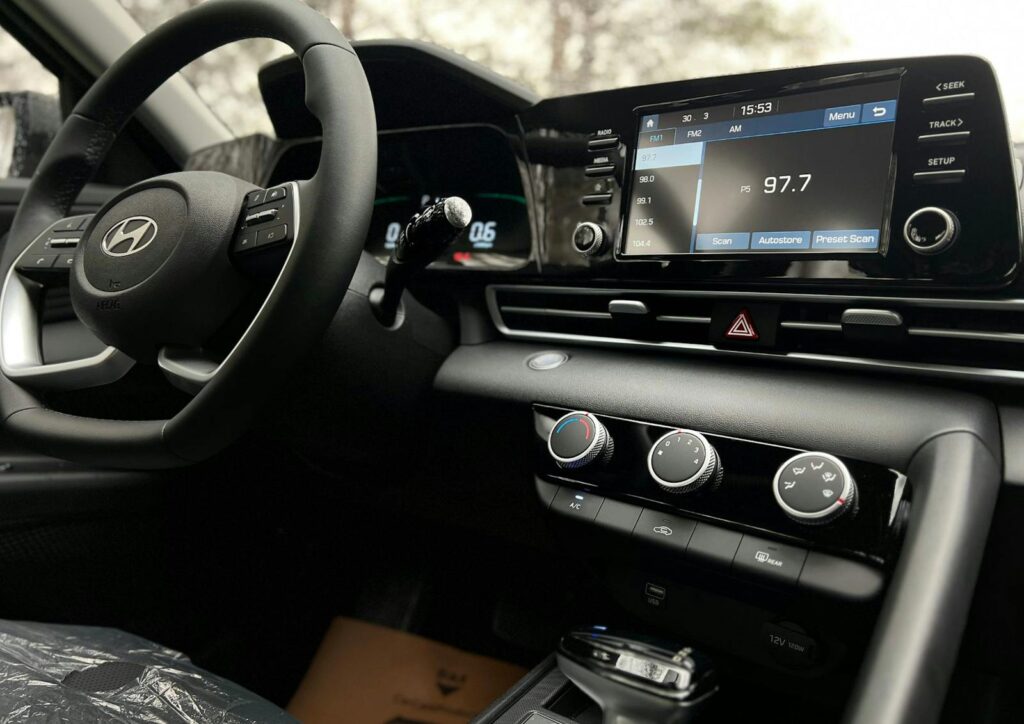
10. **Cutting-Edge Modern Technology and Unparalleled Comfort**When you step into a modern vehicle, you’re not just entering a car; you’re stepping into a high-tech sanctuary. The automotive industry has been completely revolutionized by technology, transforming the driving experience into something akin to a luxurious, personalized journey. We’re talking about a suite of features designed entirely for your comfort and convenience, truly making modern cars the epitome of a connected, effortless ride.
Imagine this: in-cabin entertainment systems keep everyone happy, GPS tracking guides you flawlessly, and advanced climate control ensures the perfect temperature. You might find parking sensors, evasive steering, automatic emergency braking, and a central display offering a 360-degree view of your car – all there to make your life easier and your driving smoother. “Everything you need is right there, and driving feels more natural.”
Plus, with various driving modes like ‘sport,’ ‘eco,’ or ‘comfort,’ you can tailor the ride to your exact mood, often with just a tap on a touchscreen. There can even be more specialized modes, such as off-road and snow mode, giving you versatile control. And with the majority of modern vehicles featuring automatic transmissions, you simply get to use the gas and brake pedals, making driving more intuitive and less demanding.
And let’s not forget the sheer level of comfort. Features like seat warmers, air conditioning and heating systems, massaging seats, automatic windshield wipers, and heated steering wheels make you forget you’re even in a compact space. Some luxury models, like the latest Mercedes-Benz, even include a feature that ensures the car smells of cologne inside! Modern cars aren’t just modes of transport; they’re designed to be extensions of your comfortable home, packed with every perk imaginable, ensuring “The features that ensure comfort and safety are on the highest level today.”
Read more about: CR7’s Roaring Empire: A Jalopnik Deep Dive into Cristiano Ronaldo’s $25 Million Supercar Collection That Redefines Automotive Opulence

11. **Superior Performance and Reliability of Modern Vehicles**Beyond comfort and safety, modern vehicles also deliver a level of performance and reliability that truly sets them apart. Gone are the days when car construction relied solely on human hands; today, precise robots ensure that new models are built better and arrive faster than ever before. This industrial advancement has allowed carmakers to utilize the highest quality materials, resulting in a design and build integrity unparalleled by older models. “The design is just unparalleled to the older models.”
“Now they are more powerful and efficient but much smaller and smarter than the classic ones.” Innovations like turbocharging, variable valve timing, and direct fuel injection mean contemporary vehicles achieve high power outputs while maintaining impressive fuel efficiency. This allows for a fantastic balance of raw power and environmental consciousness, making them incredibly practical for everyday use and ensuring that “Performance Is on a Higher Level.”
What’s more, modern vehicles are remarkably reliable. They come with comprehensive guarantees and full explanatory guides, so you know exactly what you’re buying and how it will perform over its lifetime. We don’t have to “just hope for the best” as with some classics. From their eco-friendly nature to their ability to reach speeds of up to 200 miles per hour, as exemplified by an Audi RS7 accelerating from zero to sixty in just three seconds, modern cars offer an outstanding, predictable, and robust driving experience.
This sustained high performance and consistent quality underscore why “Modern cars are more reliable” and are often the preferred choice for those who demand efficiency and power without compromise. They represent the pinnacle of automotive engineering, continuously pushing boundaries to deliver an exceptional driving experience day in and day out.
Read more about: Beyond the Legends: 10 Obscure 1960s Sports Cars Only True Collectors Recognize
12. **The Practical Challenges and Unreliability of Classic Car Ownership**While the allure of a classic car is undeniable, owning one often comes with a distinct set of practical challenges that go beyond the romantic notion of a weekend drive. These beautiful machines, designed 30 or 40 years ago, operate on engineering principles of a bygone era. They demand constant attention and maintenance, often leading to more frequent trips to the mechanics than a modern driver might anticipate. “They need to be constantly maintained.”
The reality is that classic car parts are old, and “less to go wrong” can sometimes translate to “more *frequently* going wrong” due to aged components. Owners need to be prepared for numerous breakdowns and the constant need for upkeep to keep these beauties running well. Unlike modern vehicles, which often have easily sourced, standardized parts, finding certain components for a classic can be a genuine struggle. The car “may present problems your local mechanic can’t fix, and you’ll be forced to look elsewhere.”
Furthermore, “Some Spares Might Be Too Expensive.” Many owners find themselves needing to “order parts online or from other countries,” with expenses quickly adding up. This includes potential issues with rust in cars made of steel. The restoration process itself can be “time-consuming and costly,” with “scarcity of skilled craftsmen” adding to the overall expense, making maintenance a significant undertaking rather than a simple fix.
Ultimately, the inherent unreliability, the specific knowledge needed for repairs, and the lack of modern amenities mean that classic cars, while a delightful luxury, “make terrible everyday cars when considering safety.” They are a labor of love, a testament to passion, but certainly not the hassle-free, dependable daily commute machine that many modern drivers have come to expect.
***
So, as we navigate the grand highway of automotive choice, the path ahead branches into two compelling directions: the soulful, storied lanes of classic cars and the sleek, technologically advanced routes of modern vehicles. It’s clear there’s no single right answer, no definitive winner in this age-old debate. Your ultimate choice isn’t about one being inherently ‘better,’ but rather about what truly revs your engine and aligns with your priorities, your lifestyle, and your driving dreams.
Read more about: Buyer Beware: 10 Cars of 2025 Plagued by Recurring Mechanical Woes, According to Consumer Complaints and Data
Whether you’re yearning for the raw, unfiltered connection to the road and the head-turning style of a vintage icon, or you prefer the peace of mind that comes with cutting-edge safety, effortless comfort, and predictable performance, the automotive world offers a spectacular playground. Perhaps, like many enthusiasts, you’ll find joy in both – a trusty modern companion for the daily grind, and a cherished classic for those special weekend escapes. Ultimately, the best car, classic or modern, is the one that brings a smile to your face, fills your drives with purpose, and connects with your individual spirit on every journey. Drive on, and happy motoring!


